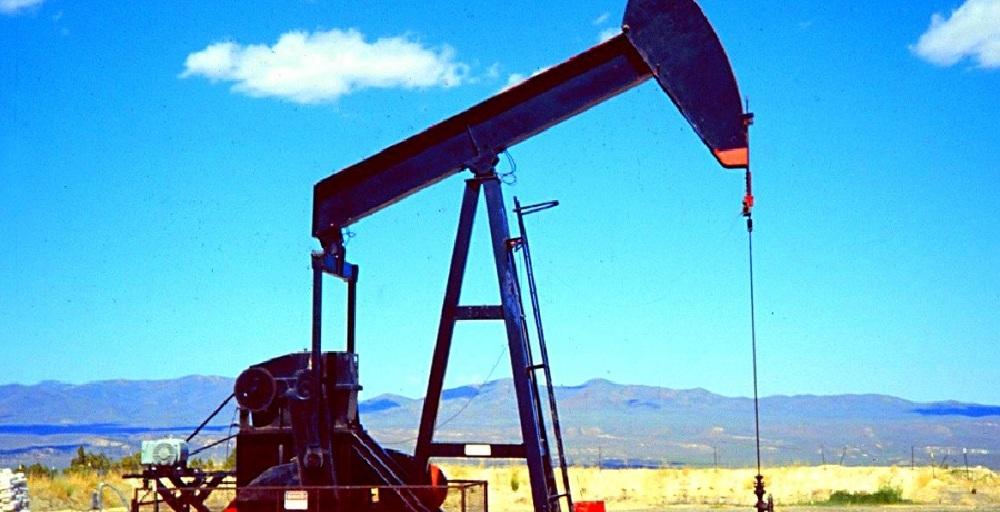
Kuwait Petroleum International (KPI) said on Saturday oil prices could reach a range of $50 to $60 a barrel by mid-2017, the official state news agency and Reuters reported.The agency quoted the company's top executive Bakheet Al-Rashidi as saying prices could reach the range of $60 to $80 a barrel in three years' time, according to Arab News.
"The global oil market is going through a correction and we have reached the bottom," he was quoted as saying by the official Kuwait news agency, who added that Al-Rashidi had made his comments at a company event in London.Al-Rashidi attributed the drop in oil prices to excess supply in the market and slow demand from Asia, particularly China.
Al-Rashidi attributed the drop in oil prices to excess supply in the market and slow demand from Asia, particularly China.Asked whether oil prices would ever reach the $100 per barrel level again, Al-Rashidi said, "We can reach prices ranging between $60 and $80 but we need three years."
Asked whether oil prices would ever reach the $100 per barrel level again, Al-Rashidi said, "We can reach prices ranging between $60 and $80 but we need three years."
On Vietnam's Nghi Son refinery, Al-Rashidi said it would start operations by the end of 2016. In a recent report, Jadwa Investment said the current period of low prices is set to remain throughout 2016 pulled down primarily by persistently high oil supply. All-out competition between members of OPEC will be the main reason for continued oversupplied markets, stated the Jadwa report titled "Saudi Economy in 2016'.
All-out competition between members of OPEC will be the main reason for continued oversupplied markets, stated the Jadwa report titled "Saudi Economy in 2016'. Even as non-OPEC supply begins to slow during 2016 the additional supply coming on-line from Iran will mean global oil markets will be looking at
Even as non-OPEC supply begins to slow during 2016 the additional supply coming on-line from Iran will mean global oil markets will be looking at the demand to lift prices, said the report. With economic activity not picking up significantly in the year ahead, this will translate to moderate yearly growth in oil demand.OPEC data shows that non-OPEC supply will decrease by 0.5 million barrels per day year-on-year, in 2016.
OPEC data shows that non-OPEC supply will decrease by 0.5 million barrels per day year-on-year, in 2016. Among the largest non-OPEC players both the US and Russia will see year-on-year declines in production.
Among the largest non-OPEC players both the US and Russia will see year-on-year declines in production. Russia the combination of international sanctions preventing Russian oil companies' access to international finance and government proposals for higher crude taxes to boost state revenue, will mean crude production will slow slightly in 2016.
According to latest Energy Information Agency (EIA) data, total US oil production will not be negative in 2015 but it will slow to 8 percent year-on-year. However, the combination of low oil prices, oil hedges expiring and tighter lending conditions will result in total US production declining by 7 percent or 0.5 million barrels per day in 2016, to a total of 8.8 million barrels per day, compared to an average growth of 16 percent between 2012-14.
Declines in Russia and US shale oil will be partially compensated by OPEC supplies rising by around 0.5 million barrels per day year-on-year to the average of 32.9 Mbps in 2016. Most of the OPEC rises are expected to come from a sanction-free Iran.
OPEC will see some modest rises in production from Iraq. Iraq saw an estimated 11 percent increase in production year-on-year in 2015 as the result of investment in the upstream sector which has been carried out since 2009.
Further substantial increases in Iraqi production will be more difficult due to the less money available to continue upstream investment as the country copes with deteriorating fiscal situation as a result of lower oil prices, higher military spending, and costs associated with civil conflict.
"Saudi crude production averaged 10.2 million barrels per day in 2015 and we do not see any cuts in production to support upward movement in prices going forward. We therefore expect 2016 Saudi production to be unchanged, year-on-year, at 10.2 million barrels per day in 2016," Jadwa researchers said in the report.
Photo: pamm-trade.com
Похожие материалы
Более 10 млрд тенге инвестировал Halyk Bank в новое здание офиса в Атырау
- 18 желтоқсан, 2025







